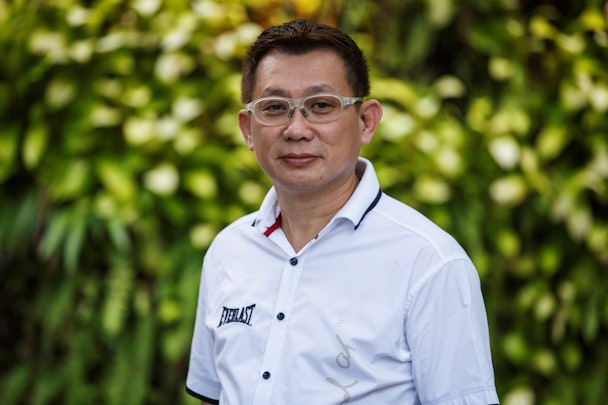How to win in Indonesia’s lucrative video content market
With the number of internet users poised to exceed 140 million in 2021, up from 104 million currently, Indonesia is a growing market which is drawing the focus of digital marketers. Even though 4G was implemented countrywide about 18 months ago, there is high adoption rate of new internet technologies, which is largely since about half of Indonesia’s Internet users are under 30.

SpotX's Marcus Tan on Indonesia's online video market
In markets like Indonesia, traditional mediums such as television, print and out-of-home (OOH) are still valuable, but marketers also need to make room for digital for a richer experience and greater interactivity. Digital ads will augment the consumer’s offline experience. Digital video delivered to the consumer’s smartphone allows for much deeper engagement with the brand.
Unlike mobile users in developed markets with high-speed subscription plans, Indonesians skipped the clunky PC and Web 1.0 era, making smartphones a way of life, and the most viable way to access both free and paid content in real-time.
Since most of Indonesia’s consumers are using affordable Android devices and prefer prepaid plans, bandwidth is a precious commodity. While it is tempting to repurpose television ads, advertisers should refrain from simply copying and pasting television content to digital. If you have a 60-second or 30-second television ad and pop it online, a consumer will be less inclined to watch until the end, to save on data usage.
To shift momentum, consider reformatting digital video to 10-15 seconds, and frontloading the message. The mobile version of the campaign needs to fit the digital experience, as the behaviour is completely different from television to online video. Since viewers now have control of when they watch content, you need to adjust the message accordingly. A 12am ad for night owls should be significantly different from an ad that’s viewed at 7pm when someone finishes work.
How publishers can maximise ad revenue
In the video space, publishers and broadcasters need to evaluate and implement their technology stack wisely. From a publisher perspective, step back and ask yourself, “Is video going to make up the majority of my revenue?” If the answer is yes then you need to consider technology which has been built for the nuances of digital video advertising, which is very different from that of display (Rich media executions, VPAID, engagement, error or loss reporting etc.), and therefore eliminates the wasted opportunity and revenue.
To get the highest revenue from your content as a publisher, consider using an ad server with ties to buyers across the globe. Unlike television, online is a global game. A programmatic partner should have an easy-to-use platform that allows publishers to manage their inventory themselves, from impressions to pricing. There is no dominant programmatic technology platform in the digital video advertising space in Indonesia. Business is still fragmented and the bureaucracy and infrastructure requires some patience. Succeeding in this market therefore requires focus.
As in many markets across SEA, publishers in Indonesia tend to rely on the ease of use and the reach of established video platforms. These platforms often demand a fixed rate for the publishers’ inventory, so publishers are losing control of their data and the price of their expensive to produce video content. Conversely, supply side video platforms with more freedom exist, allowing the inventory to compete against all demand sources, and maximising the value of every single impression. And this freedom is balanced with more control over your data.
How advertisers can maximise ad revenue
As for the advertisers, many global brands are also now buying their audiences globally, no longer needing local representatives to buy up and lock in high quality local inventory, instead using a Demand Side Platform (DSP) to buy relevant audiences in whatever market they choose and optimising their campaign to the best performing audience. Providing efficiencies in terms of time, money and in many cases, campaign performance for the end client.
With the fourth largest population in the world, Indonesia is so unique that agile, open-minded companies on either the supply or demand side can set their own rules, adapt to new behaviours, and control their own content much easier than ever before.
Marcus Tan is managing director at SpotX JAPAC and can be found tweeting @Marcusstan
